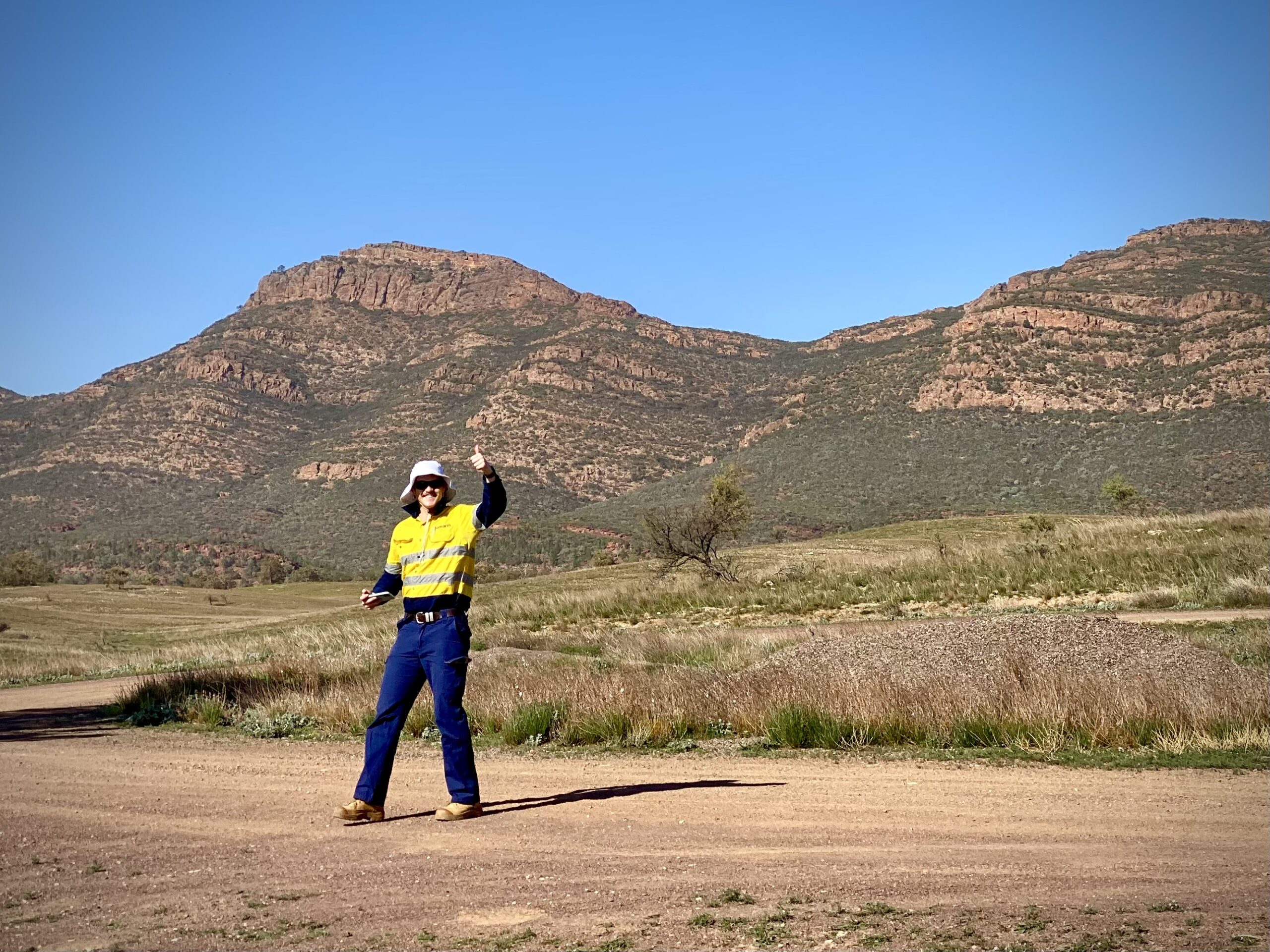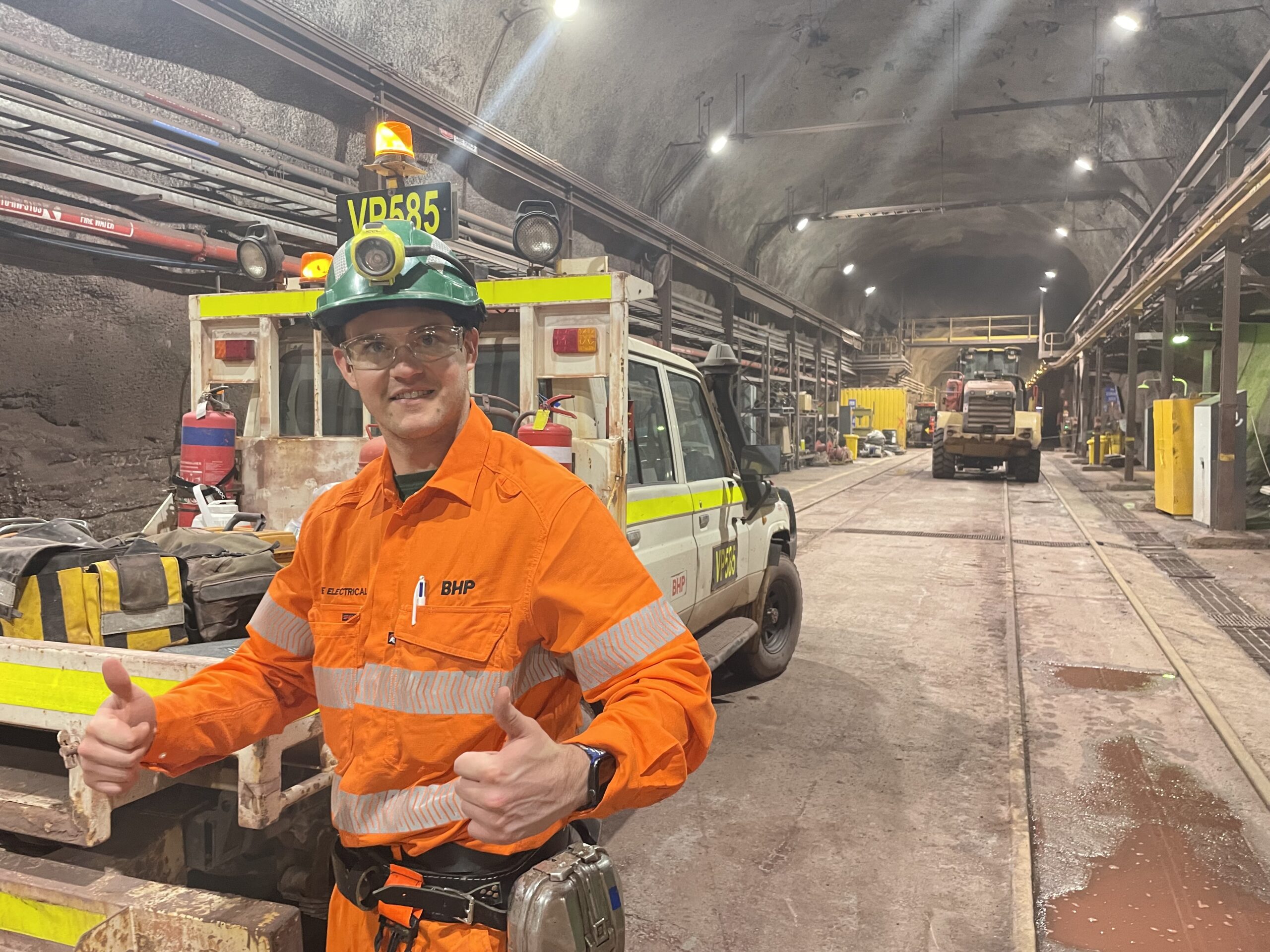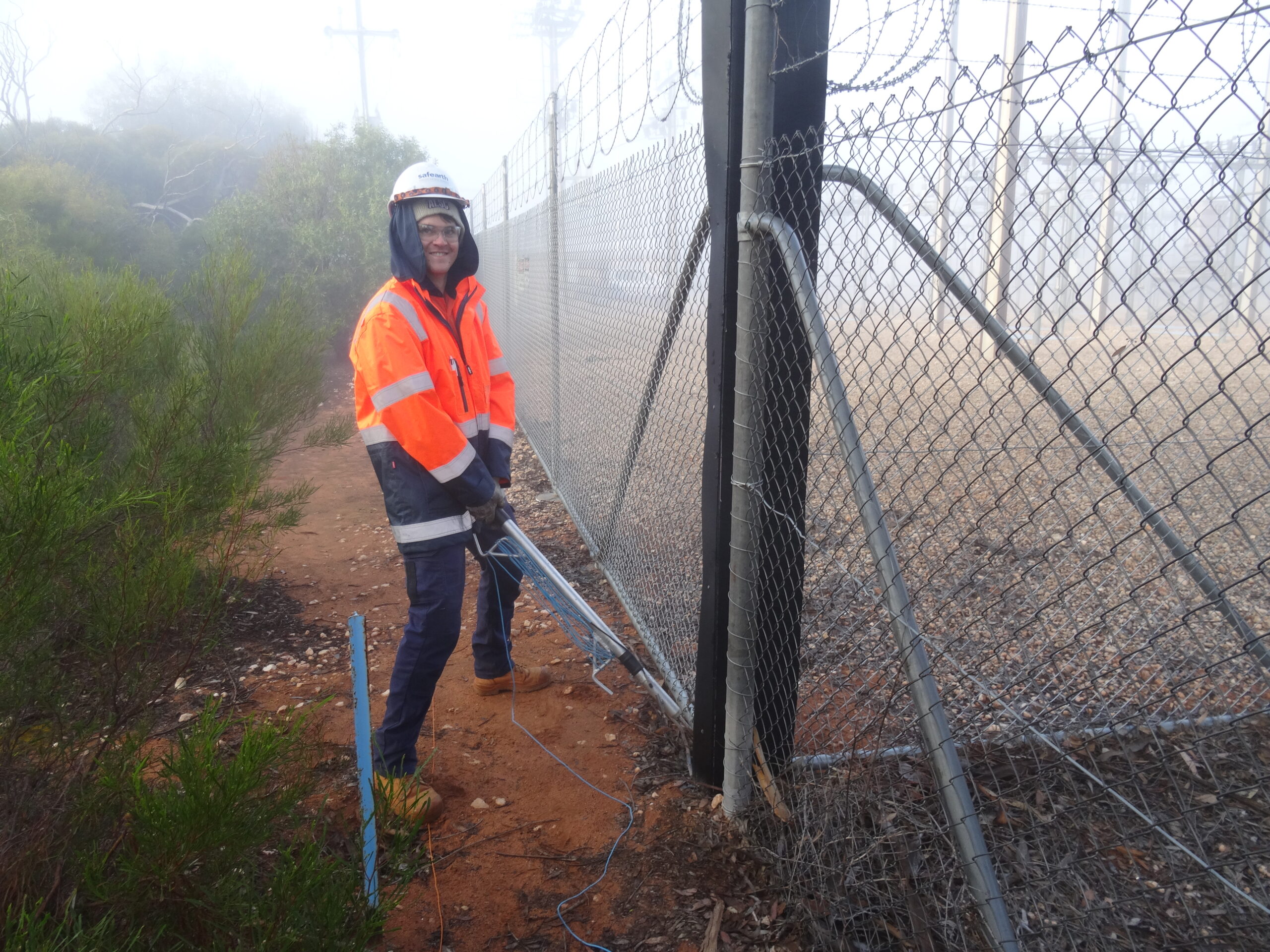Articles
Life of a young Safearth Consultant featuring Riley Blackwell
This month we are shining our Safearth spotlight on one of our younger consultants to see what kind of projects he has been working on and where. Riley took time out of his busy schedule to answer some questions and here’s what we found out.

Riley’s Back Story
I am a country boy, growing up in a small town of about 500 people, three hours north of Adelaide, called Orroroo. I have always lived in SA and moved to Adelaide in 2014 for school and university.
I currently live with my partner, and we are saving for a house. We are also converting a Ford Transit Van into a camper/motorhome fitted with a bed, seats, fridge and running water. The van’s name is Marlow, named after the street the Safearth office is on, as she is being built here at the office work shed. One of the perks of the job!
I always enjoyed building things with my hands, from Lego at a young age to now being a builder, sparky, plumber and painter to convert our van. I play and enjoy sports such as football (AFL) and cricket, but I hurt my knee in 2019 and haven’t played since. As such, I have been functioning on a dodgy knee for about 3 years.
I believe you have been with Safearth for 18 months now. Where did you work before this?
Whilst completing my university studies I was working for SA Power Networks in their earthing engineering group. Before that I worked in a café and grocery shop doing odd jobs. I even completed a few harvests with my brother-in-law on the wheat farm as a labourer.
What lead you to work at Safearth?
With a newly acquired bachelor’s degree in electrical & electronic engineering from The University of Adelaide I was looking for a more permanent role. The local Safearth office needed boots on the ground, and I was eager to be part of something big and help them build the SA office.
What are your main roles and responsibilities?
Initially, my roles and responsibilities were more assistance/shadowing roles with sitework and reporting. Now, I have a more senior role, mentoring the new undergraduates, conducting all the sitework in SA and some interstate testing, as well as consulting, coordinating, and managing clients.

What do you enjoy most about your job?
Travelling the country and going to some very remote locations. But I also enjoy going to locations associated with a range of other industries (mining, water etc.) that I don’t think I would get to go to if I was in another company. It is also a rewarding experience to know I am contributing and helping to take action against climate change when commissioning the earthing of new solar farms & battery sites.
What sorts of projects have you worked on?
Solar farms, utility substations (small distribution right through to large transmission substations), mines (iron ore, bauxite, aluminium), and Olympic Dam which is one of the biggest in the world.
What’s it like working in the Adelaide office? How many staff do you have?
Challenging but rewarding. Currently we have three staff, one in software department and another in the consulting team along with me. I am excited about the future growth in our office and leading a small team of consultants.
Do you work closely on projects with staff in other Safearth offices? Have you found this challenging? What are the complexities?
Since starting at Safearth, I have had to rely on the other offices for support and guidance for each project. MS Teams, whilst frustrating at times has certainly been helpful to get the support I need and allowed the training side of things to come easier by being able to draw images and bounce ideas in real time.
Being alone most days is certainly challenging mentally and not the ideal situation for most people, but it makes me appreciate things so much more when I get to see the rest of the team. In a way, being isolated has allowed my development to grow substantially as I have had to adapt to new ways of learning and contributing to the team to get the job done.
What is the most important thing you have learned since starting at Safearth?
I think learning that accuracy or chasing accuracy, or over engineering is not necessarily a waste of time, but time can be more valuable elsewhere, such as working closely with clients and understanding the real problem at hand, rather than saying the voltage is 99.987654321V (i.e., 100V).

How do you find working with Safearth instruments? Are there benefits to working with products built for purpose and in-house?
I think it is great that we use our own products, especially when things go wrong and I can easily call the product/tech staff in Newcastle to diagnose the problem, as they know how the equipment was built. I think the fact that the equipment is Safearth branded and built gives me a sense of confidence and makes me proud to say it’s our gear to clients. It really compliments our values and provides a guarantee that Safearth are the leaders in the earthing field.
Can you think of a time when your role was challenging or difficult? How did you overcome this?
Whilst at Gove, Nhulunbuy, Northern Territory, my colleague and I did some testing out on a ship loader machine. Not only were we in deep water but we also had to climb up 10-15m and could see straight through the steps to the platform below. It was really windy, so the machine was shaking all over the place. I had to overcome some of my worst fears that day and I am thankful for my colleague for keeping me calm and making sure I was okay.
Tell us about a time your consulting team worked together to solve a problem?
An interesting question, as we solve problems every day. I think one that stands out is from a recent test where a new substation was built in extremely low and uniform soil resistivity (~5Ωm). Voltage hazards were present, or non-existent depending on the test configuration and simulated fault location. Without going into too much detail, the lesson learnt was that the test circuit layout and location can play a role in the outcomes achieved.
Above: Some of the spectacular views from Solomon Hub, Western Australia
I understand that working onsite is a big part of your job? Tell me about some of the locations you have visited. Were some more challenging that others?
Pilbara, WA – Is certainly up there with next level challenging conditions (heat and dust), but some of the nicest scenery I have witnesses was on a recent trip to Solomon Hub, WA (see above).
South Australia – I think I have seen just about all of SA now via road testing down the south-east (Mount Gambier), the Eyre Peninsula (as far west as Ceduna).
Gove, NT – My first time experiencing high humidity was certainly a challenge as SA is a dry state so we do not experience much humidity like that.
Before working at Safearth, I had not ventured far from SA, nor been on an aeroplane. One of my future goals is to test in every state/territory in Australia, currently I have only tested in four.
Do you ever work with staff in the international offices? USA, Canada, UK?
Not yet, no but I am hoping to in the not-too-distant future. Whether that be for a sitework deployment for a few weeks, or maybe even moving altogether (for 6/12 months or so).
Where do you see yourself in 5 years?
Still with Safearth leading a small team in South Australia. I want to complete sitework in every state/territory and even a few overseas tests. I may even like to strive for a 12/18-month stint in the US/Canada/UK. On a personal level, I want to finish the work on my van, purchase my first house and start a family.
Thanks for a fantastic interview, Riley. I feel like we all know a bit more about what it’s like to work as an engineering consultant at Safearth now. I hope your five-year plan works out and you have many fun trips in your van.
For more information on careers at Safearth please visit here: safearth.com/careers/



